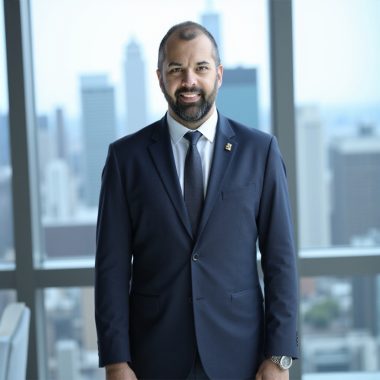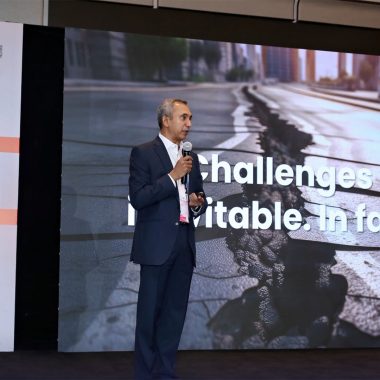Anticipating workforce changes is a key differentiator for long-term success. This is particularly true in the current business landscape, where digital transformation and emerging technologies like artificial intelligence (AI) are reshaping the skills and roles businesses need to survive—and thrive. The path for enterprises lies in adopting a proactive, skills-based approach—one that leverages innovation and strategic workforce planning to bridge talent gaps and drive long-term success.
Rapid technological advancement and shifting demographics in developed economies mean businesses must prioritize future-proofing their workforce. “Aging workforces and widening skill gaps, whether in tech or clinical fields like nursing, demand a reinvention of work itself,” says Russell Klosk, a globally recognized expert in strategic workforce planning and human capital management. “When the talent simply doesn’t exist, we must rethink how the work gets done.”
The Next Wave: Agentic AI and Workforce Transformation
While much of the current discourse focuses on the disruptive potential of generative AI, there’s an even greater transformation on the horizon: agentic AI. “Generative AI is powerful, but it’s essentially a sophisticated way of answering questions,” he explains. “What’s coming next is agentic AI—systems that don’t just respond but actually make decisions based on deep learning models, much like a human would.” This leap in technology will fundamentally alter work across industries, from finance and IT to manufacturing. However, most businesses are not preparing for the ripple effects these changes will create. “Companies are investing in the technology but failing to model how jobs will evolve around it,” Klosk says.
For Klosk, the real challenge lies in understanding how adjacent roles and entire processes need to shift. “If you were to draw a two-dimensional graph, with business needs on the x-axis and employee ambition on the y-axis, the sweet spot is the cloud in the middle where those two align,” he explains. “Technology becomes the third axis—constantly shifting, but the goal is to keep people in that cloud.”
Balancing Technology Adoption with Workforce Engagement
Blending data modeling with “old school intuition” is key to successful tech adoption in the workplace . “Good managers rely on experience, but when you layer data on top—modeling cost, timelines, and outcomes—you make better decisions more consistently,” he says, pointing to the aftermath of the 2008 financial crisis as a case study. “Companies that had workforce plans in place didn’t necessarily predict the recession, but they pivoted quickly—shifting hiring strategies, investing in growth markets, and emerging stronger on the other side.”
As AI and automation become more embedded in business operations, remaining transparent about what the future looks like for your business, particularly in regard to the workforce, is also a critical factor to tech adoption. “People need to know how and why decisions are being made. Engagement comes from feeling valued and understanding the bigger picture. The best leaders understand where technology adds value and where human input remains essential.”
Navigating an Evolving Business Landscape with Transparency
Demographic realities and technological shifts require businesses to proactively reskill their workforce. “There simply aren’t enough skilled people to fill all the roles that will be needed,” Klosk explains. “That means companies must reinvent processes, invest in reskilling, and leverage AI to augment rather than replace human capabilities. The key is communicating this to employees so they understand how they ultimately benefit.”
Klosk cites a diesel engine manufacturer preparing for the green energy transition: while diesel engines will still be essential for decades—particularly in industries like shipping—greens solutions, like hydrogen-based technology, are the future. “A good leader looks to this future and asks how they can prepare their workforce today. In this scenario, by offering training on hydrogen engines alongside existing diesel expertise and using AI to facilitate knowledge transfer, the company can empower employees to visualize their future careers while ensuring they have access to technical skillsets,” he explains.
The Road Ahead: Strategic Agility
For businesses looking to stay ahead, Klosk’s advice is clear: embrace workforce planning as a dynamic, continuous process. “Plan the work, work the plan,” he says. “But be ready to pivot when circumstances change. The companies that thrive will be those that integrate financial, infrastructure, and talent planning into a single, agile framework.” With AI advancing at an unprecedented pace, the need for strategic foresight has never been greater. As Klosk puts it, “The future belongs to organizations that can look beyond the next quarter and model what their workforce needs to look like five, ten years down the road—and then take the steps to make that vision a reality.”
For more insights from Russell Klosk on workforce strategy and business transformation, follow him on LinkedIn.








